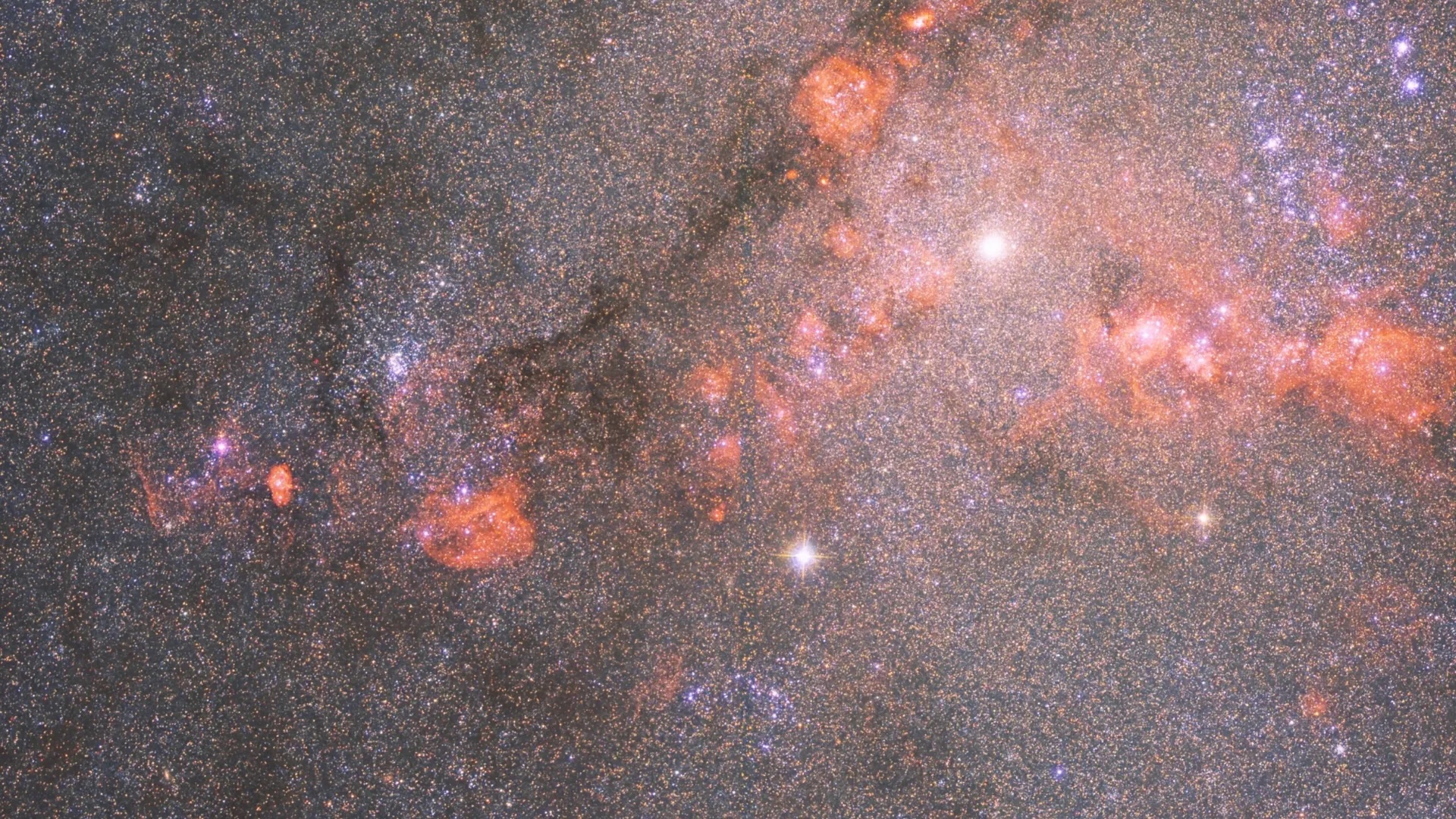Separations, Vol. 10, Pages 256: Comparative Study of E-Nose, GC-MS, and GC-IMS to Distinguish Star Anise Essential Oil Extracted Using Different Extraction Methods
Separations doi: 10.3390/separations10040256
Authors: Xianghua Chai Xiaowan Huang Tong Zhang Kegang Wu Xuejuan Duan Hongpeng Yu Xiaoli Liu
In this study, star anise (Illicium verum) essential oils (SAEOs) were extracted by hydrodistillation (HD), ethanol solvent extraction (ESE), supercritical CO2 (SCD) and subcritical extraction (SE) via electronic nose (E-nose), gas chromatography-mass spectrometry (GC-MS), and GC-ion mobility spectrometry (GC-IMS). GC-MS and GC-IMS were used to identify the volatile compounds, and GC-MS was also used to determine their concentrations. Principal component analysis (PCA) and linear discriminant analysis (LDA) were used to visualise volatile compounds and differentiate samples. The results showed that anethole and limonene were the main volatile compounds in SAEOs extracted using the four methods and their components were similar, albeit in different proportions. In addition, the fingerprints of their volatile components were established via E-nose and GC-IMS analyses. In general, GC-MS, GC-IMS, and E-nose combined with PCA and LDA analysis could accurately distinguish SAEOs extracted using different extraction methods, and GC-IMS was identified as the most suitable method because of its accuracy and rapidity.

 1 year ago
30
1 year ago
30

